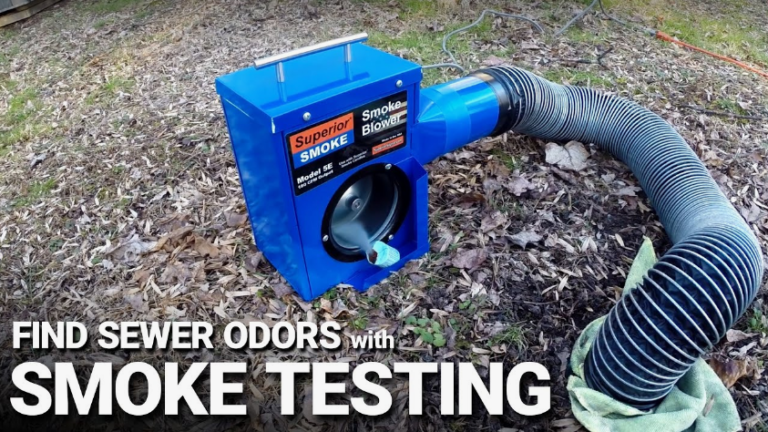Organic Oasis: Growing Cannabis Naturally and Sustainably
Natural and sustainable farming methods have gained popularity in the cannabis market. The cannabis growing paradigm shift and term “organic oasis” arises as an expression of this philosophy. This article explores the ideas and methods that characterize natural cannabis growth, emphasizing ground-breaking steps toward true sustainability.
1. Understanding the Essence of Natural Cultivation
The principle of natural cannabis cultivation is to work in harmony with the environment rather than imposing artificial interventions. It means accepting the plant’s innate energy and letting it grow in a setting that is like its natural home. This holistic approach extends beyond the mere absence of chemical fertilizers and pesticides, stressing a comprehensive plan that blends organic soil, sustainable water management, and eco-friendly growing techniques.
The quality of the soil is paramount. Natural farming places more emphasis on organic soil that has been enhanced with compost than conventional methods, which rely on synthetic fertilizers, guaranteeing a nutrient-rich base for the cannabis plants. Strong development is encouraged by this symbiotic relationship between the plant and its surroundings, which also improves the harvest’s overall quality.
2. The Autonomy of Cannabis Seeds
The innovative selection of cannabis seeds is the foundation of sustainable growing. The agricultural landscape is redefined by these seeds, which are genetically engineered to automatically move from the vegetative to the flowering stage. In contrast to their photoperiod cousins, auto flower seeds have an internal clock that they need to follow to flower. This makes production easier to manage and permits several harvests during a single growing season.
Incorporate autoflowering cannabis seeds in your cultivation because these seeds grow well in both artificial and natural light, which makes them a great option for both inexperienced and experienced growers. The shorter growing period as well as the plant’s adaptability to different growing conditions give them a level of versatility that is in perfect harmony with the ideas of efficient and sustainable cannabis agriculture.
3. Elevating Sustainability Through Water Management
Water management becomes apparent as a crucial component of any grower’s quest for sustainability. The overuse of water in traditional agriculture practices adds to the stress on the ecosystem. Water conservation is prioritized under the organic paradigm, though. Methods like collecting rainwater, using drip irrigation, and recycling water emphasize the dedication to sustainable resource management.
Through efficient watering techniques and little water waste, this not only preserves a valuable resource but also lessens the environmental impact of cannabis farming. This careful method is consistent with the larger philosophy of sustainability; it emphasizes the need to grow cannabis in a way that benefits the environment rather than depletes its resources.
4. Nurturing Biodiversity for Resilient Ecosystems
Encouraging biodiversity in the growing area is another key component to consider. In contrast to traditional monoculture methods, which prioritize large-scale production of a single crop, organic farming promotes the coexistence of different plant species. This reduces the hazards brought on by illnesses and pests while also strengthening the ecosystem’s resilience.
Companion planting, in which carefully chosen plants enhance cannabis production and create a naturally occurring equilibrium that keeps pests at bay, is gaining more attention. Because of their symbiotic relationship, cannabis plants can flourish in an environment that preserves their natural integrity while reducing the need for artificial pesticides.
5. The Art of Natural Pest Management
Managing pests is an art that emphasizes natural remedies and preventive measures. Various methods are used in natural agriculture to keep pests at bay, as opposed to the use of chemical pesticides that can harm the environment and the final product.
One such technique is companion planting, as was previously discussed. Furthermore, the introduction of helpful insects that feed on dangerous pests results in the development of a self-sustaining ecosystem in which the natural world defends against outside dangers. This method maintains the general health of the cultivation area within your organic oasis in addition to protecting the cannabis plants.
Conclusion
The concept of an organic oasis emphasizes a holistic, sustainable method that is in line with the laws of nature, marking a paradigm change in cannabis farming. The typical cannabis growing landscape is transformed by the addition of cannabis seeds when combined with organic soil, water conservation, biodiversity enhancement, and natural pest management.
As the cannabis farming industry changes, concientious growers continue to lead the way in responsible and innovative practices. These cultivators are paving the way for a future in which cannabis is not only a product but a harmonious partnership between humans and the environment, flourishing in an organic and natural sanctuary by embracing the innate resilience of nature and using sustainable approaches.






